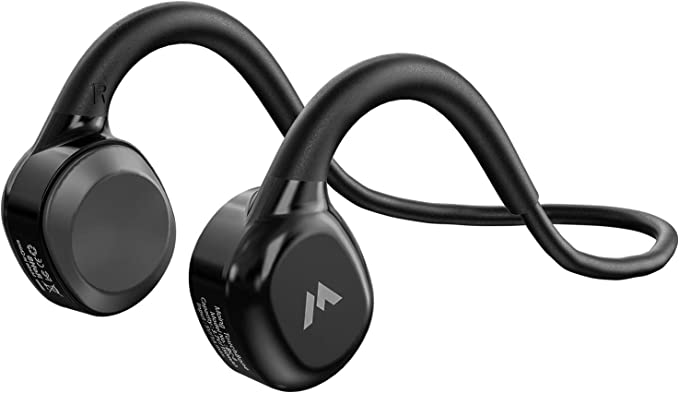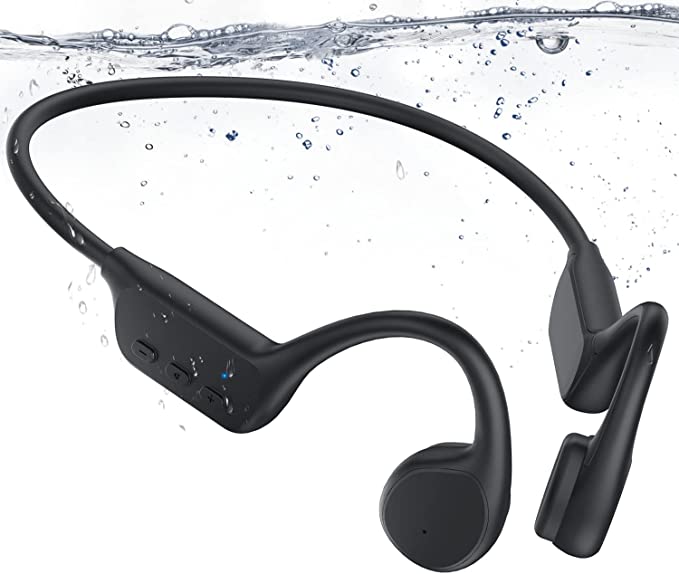Hearing Danger, Hearing Music: The Health and Safety Double-Edged Sword of Open-Ear Audio
Update on Oct. 19, 2025, 1:08 p.m.
In our modern urban soundscape, we have forged a silent contract with our personal audio devices. In exchange for music, podcasts, and calls, we surrender a crucial sense: our auditory connection to the world. We walk, cycle, and commute in self-imposed bubbles of acoustic isolation, a practice linked to countless near-misses and accidents. In response, a new wave of open-ear audio technology, found in devices like the Bose Frames Soprano, offers a tempting new deal: have your audio and hear your world, too. This technology holds immense promise for enhancing both our health and safety, but it also presents a subtle, double-edged sword that demands our careful consideration.
The Bright Side: A Guardian for Hearing and Awareness
The most direct benefit of open-ear audio is for our long-term hearing health. The World Health Organization estimates that over a billion young people are at risk of permanent, avoidable hearing loss due to unsafe listening practices. Traditional earbuds and headphones create a sealed acoustic system, trapping sound pressure directly against the eardrum. Open-ear designs, by contrast, allow sound to dissipate naturally, significantly reducing the risk of dangerously high decibel levels within the ear canal. It’s a fundamentally gentler way to listen.
Beyond hearing health, the technology is a powerful tool for reclaiming “Auditory Situational Awareness” (ASA). For a pedestrian, it’s the ability to enjoy a playlist while still hearing an approaching bicycle. For a parent working from home, it’s staying on a conference call while remaining attuned to a child’s activities. In these low-to-moderate-risk scenarios, open-ear audio is a clear safety enhancement. It dissolves the dangerous binary choice between being connected to our digital world and being present in our physical one. The user testimonials are compelling: people feel safer and more connected.

The Potential Shadow: The Illusion of Safety and the Cognitive Tunnel
However, like any powerful technology, open-ear audio introduces new complexities. Its greatest strength—the ability to seamlessly layer audio over the real world—can also create a dangerous illusion of safety. This hinges on a critical distinction: the difference between hearing and listening.
Our ears may physically detect a sound (hearing), but our brain must choose to process and attend to it (listening). When we are deeply engrossed in a compelling audio stream—an intense podcast debate, a dramatic audiobook, or a favorite song—we can experience a phenomenon known as “cognitive tunneling” or “inattentional deafness.” Our brain, allocating its finite attentional resources to the primary audio, may physiologically hear a distant car horn or a shout but fail to register it as a significant event. The sound is detected but not perceived.
This is why the presence of open-ear audio does not automatically render high-risk activities like driving or cycling in heavy traffic safe. The user might believe they are aware because their ears are uncovered, but their cognitive attention is, in fact, dangerously divided. The official safety instructions provided with the Bose Frames wisely state, “Focus on your safety and that of others if you use the frames while engaging in any activity requiring your attention.” This is not just legal boilerplate; it is a crucial neurological principle.
Responsible Listening: A User’s Guide to Safety
The decision to use an audio device is not a simple on/off choice; it is a dynamic risk assessment. The responsibility ultimately rests with the user. Here is a framework for making safer choices:
- Evaluate the environmental complexity. Listening to calm music while walking in a quiet park is vastly different from listening to a complex podcast while navigating a busy intersection. As environmental complexity and risk increase, the appropriateness of any non-essential audio input decreases.
- Consider the cognitive demand of the audio content. A light instrumental track demands far less attention than a heated political discussion. Choose audio content that matches the level of free cognitive capacity you have available.
- Acknowledge the primary task’s importance. For critical tasks like driving, operating machinery, or supervising children near water, the only safe choice is to eliminate all non-essential auditory stimuli. The goal is zero distraction.

Conclusion: Technology is the Tool, Awareness is the Key
Open-ear audio technology is a significant and welcome evolution in personal audio. It offers a tangible solution to the hearing health risks and situational awareness deficits posed by traditional headphones. It is a step in the right direction. But it is not a panacea. It cannot absolve us of the responsibility to manage our own attention. Technology provides the tool, but wisdom, self-awareness, and a disciplined respect for risk are what truly keep us safe. The new contract requires us to not only listen to our music but also to listen to our environment and, most importantly, to ourselves.



















